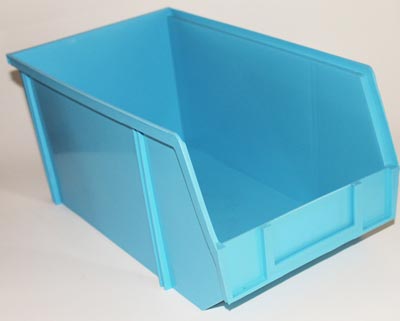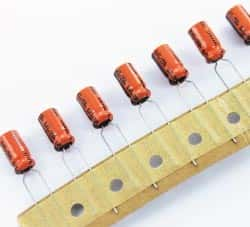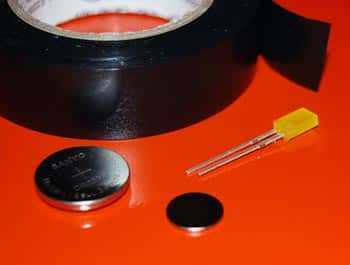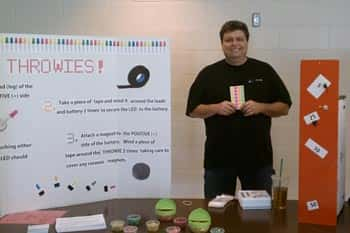Parents are concerned over the type of programs their children watch on the television and would like to exercise their control. They do not want their children watching programs with excessive violence or sexual content. Since it is not possible to be always present when the children are watching TV, it is best to have a device automatically detecting the type of program coming through, and blocking it if it is objectionable.
All television sets made and sold in the US after 1999 have a special electronic chip built in and this is the V-chip. This allows parents to select the level of violent programs, which children can watch in the home. This also means that all TV programs contain a rating transmitted along with the program, which the V-chip can detect.
The FCC defines the ratings as –
TV-Y – Suitable for all children, with no violence and no sexual content
TV-Y7 – Suitable for children aged seven and over
TV-G – Suitable for general audiences, with no violence, no sex and inappropriate language
TV-PG – Parents to exercise their own discretion
TV-14 – Suitable for children above 14 only, with some violence and sex
TV-MA – Suitable for mature audiences only and may contain sexual situations and/or graphic violence
A parent can program the V-chip with a specific rating, and the chip will block all programs or shows above that rating. For example, if you have programmed a V-chip for a TV-G rating, it will allow all programs with a rating of TV-G, TV-Y7 and TV-Y, and will block all the rest.
All television programs transmit synchronizing signals, which allow a proper build-up of the picture on the screen. The electron beam painting the picture on the screen starts to sweep from the top left corner to the right edge of the screen, turns itself off, retraces itself to the left edge and sweeps again to the right edge, moving down a tiny bit in the process, until it has covered the entire height of the screen. The beam then returns from the bottom right hand corner of the screen to the top left hand corner and the whole process repeats. The vertical and horizontal retrace signals transmitted along with the TV program control all this.
As the signal returns from the bottom of the screen to the top, it follows a number of horizontal retrace lines. The twenty-first line of the horizontal retraces has data embedded in it as specified by the XDS standard. This includes captioning information, time of the day, ratings information and many others.
The V-chip is capable of reading this line 21 data, extracts the rating’s information and compares it with the parent’s allowed rating. Accordingly, the chip lets the signal pass through or blocks it.
The V-chip in the television works in conjunction with the cable box and/or the VCR. You can either utilize the V-chip or turn it off.






